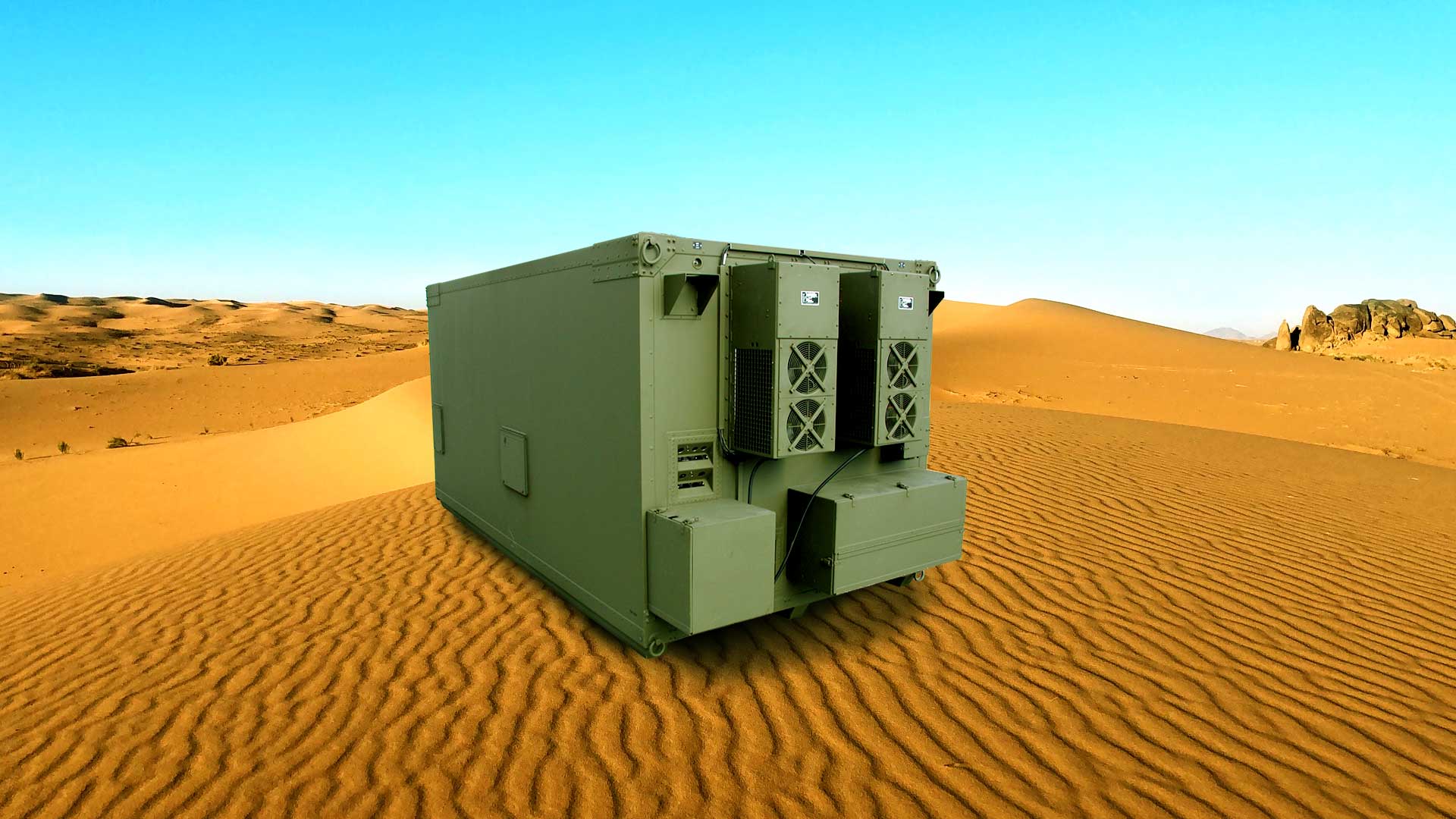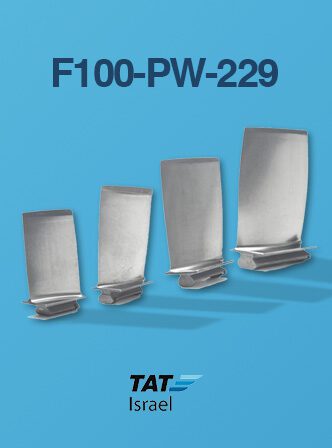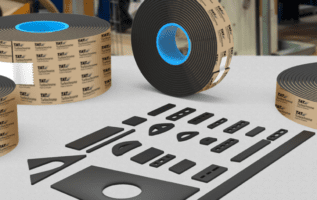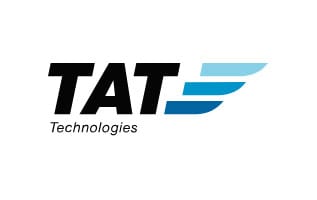Why should all mission-critical military Environmental Control Units (ECUs) have conditional-based maintenance (CBM) feature?
The art of maintenance is as old as people have figured out that they can use something for longer if they only take care of it. The advancement of technology, including highly accurate sensors, wireless networks, and powerful software analytics, paved the road for predictive maintenance techniques like conditional-based maintenance (CBM) to monitor remote, complex, or vital assets.
Although predictive maintenance techniques were increasingly employed, the onset of Covid-19 and its dramatic effects on many industries unearthed the need for predictive maintenance and deployment of automated condition monitoring technologies. In fact, the market numbers reflect this trend. According to Markets and Markets, the global machine condition monitoring market size is projected to grow a CAGR of 7.1% between 2021 to 2026, or in monetary terms, from $2.6 billion to $3.6 billion.
However, if there is one industry where CBM applications are crucial, it would be the military one. Just imagine having to abord a mission because of critical failure of machinery! Failure happens; that is a fact of life. However, most failures in machinery are predictable and can be minimized by proper predictive maintenance techniques.
With that in mind, we decided to tackle a challenge one of our clients confronted us with: to monitor our Environmental Control Units installed in their systems employed in very remote settings. Their systems are all unmanned, and system failure will lead to multi-million-dollar losses. Since we are talking military, the abortion of a mission due to avoidable system failures can also negatively affect National Security and even mean loss of life.
This article will answer the following questions:
- How are we implementing CBM?
- Examples of when CBM would be of benefit for military or mission-critical ECUs
- What are the main benefits of using CBM with military ECUs?
How is TAT Technologies implementing CBM for mission-critical Military ECUs?
The CBM feature includes the measurement of parallel parameters through both internal sensors and external sensors.

The ECU’s internal sensors include:
- Refrigerant High-pressure transducer
- Refrigerant Low-pressure transducer
- Evaporator Blower speed sensor
- Voltage sensor
- Frequency sensor
- Discrete bits indicating system state are also incorporated
The external sensors include:
- Supply air temperature sensor
- Return air temperature analog sensor
- External ambient temperature
The CBM features monitors online and in real time the following:
- ECU main components MTBF
- Refrigerant leakage
- Blower RPM
- Voltage and frequency
The CBM module collects real-time data from these sensors. The information provided is processed and compared to a set of predefined data relevant to the conditions measured. TAT creates the database/equations and relations between the physical parameters based on the design of the air conditioner and previously performed tests to provide the most accurate data that indicate the proper status of the ECU.
Due to the complexity of this module, the CBM control and the forward loop control will be implemented in parallel, meaning that most of its output will be informative only. The reasoning for this is to reduce the sensitivity level and minimize false alarms.
Examples of when CBM would be of benefit for military or mission-critical ECUs
This proprietary add-on feature is designed to detect one or more signs that the equipment is either not running at full capacity or that a failure is imminent.
A perfect example of where the CBM would be beneficial is when the ECUs gas pressure is reduced due to a small leak in its system. When the CBM picks up a slight decrease in the pressure, indicating that if continuing a system failure occurs, the fixing or replacement of the unit can be planned, reducing costs and ad-hoc measures.
These CBM generated data are vital when the ECU is implemented in systems that observe areas crucial to national security, enemy territory, or those in very remote locations.
Let us look at some real-life examples:
- A reasonable correlation between ambient temperature and pressures at OFF state (i.e., the compressor is OFF) may indicate a positive state of refrigerant. A dissonance between pressures vs. ambient temperature provides a possible leak in the refrigerant.
- A simultaneous reading of identical pressures leads to the belief that both installed refrigerant pressure transducers are OK, since there is a very low probability (less than 1%) that both pressure transducers are faulty while giving the same reading.
- An inadequate relation between high- and low-pressure readings related to air temperature difference and humidity likely indicates the degradation of the cooling capacity. In this case, an alarm message will be generated to the shelter’s PLC.
- The integration of analog parameters (altitude, Hi/Lo pressures, supply, return, ambient temperatures & RH) provides the present ECU performance relative to expected.
- The remaining average life span will be analyzed and calculated based on all available MFG’s reliability information for the measured device.
What are the main benefits of using CBM with military ECUs?
As we mentioned previously, the main benefit of installing CBM with mission-critical ECUs is a steep reduction in cost, increasing the shelf life of all parts involved due to reducing the risk of total loss due to technical failures.
However, we would like to reemphasize the importance of National Security and saving lives, which has, in our opinion, no monetary value. We believe that it is our duty to ensure that our ECUs installed in mission-critical systems will perform at their best for as long as possible.
MORE NEWS
-
March 20 2023 Blog
F100-PW-229 Compressor Blade Repair with Cubic Boron Nitride (CBN) Coating

-
 February 09 2023 Blog
February 09 2023 BlogMaskant Material Solutions for Aerospace and Industrial Engines
How to reduce the overall cost associated with your current aerospace
-
 December 01 2022 Blog
December 01 2022 BlogBACK TO BASICS: WHY COOLING SOLUTIONS SHOULD BE...
Controlling the temperature and humidity in your base camp, tents or



